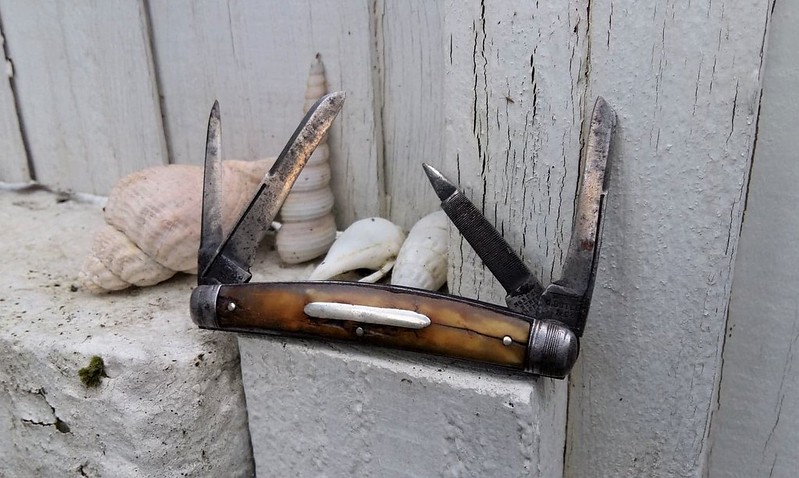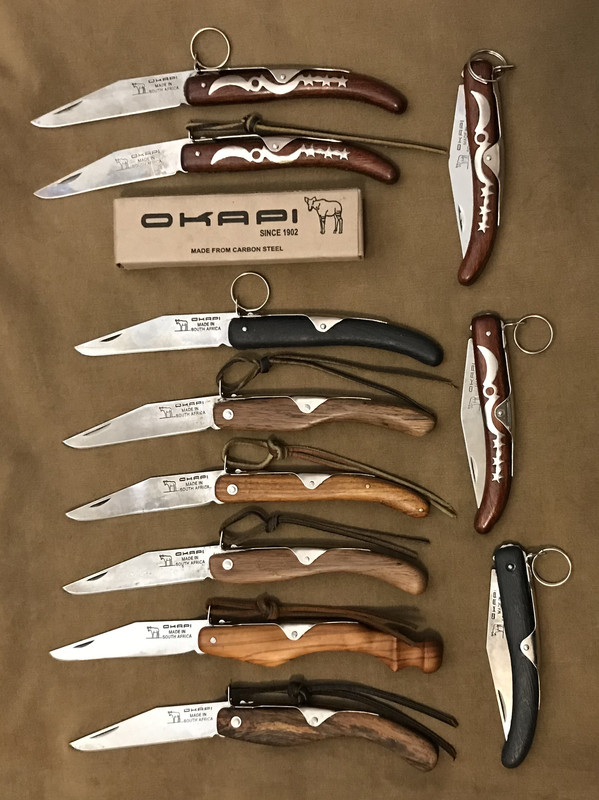Some might say it is ridiculous to imagine that there might be anything genetic in our appreciation and desire for a good knife. But when you consider that once upon a time a fire and a decent cutting edge were our most vital and valued tools, the control of which enabled us, ultimately, to survive as independent human beings, it becomes quite understandable to think that, somehow, some of that appreciation still resides instinctively within us. As when one feels the pull of that first fish of the season and something indescribable and almost primeval is felt pulling on the line, something from our distant past which I have come to believe pertains to the ancient hunter/survivor in us, so it is when we take up our traditional slip-joints.
Interesting. I had always talked about the "gestalt" of traditional knives. Not using it 100% correctly, but close. I've used it as the feeling people might get from seeing the knife. A traditional might make an observer immediately and without thought get images and impressions of the kindly grandfather cutting an apple, working in his woodshop... you get it. A modern might give a gestalt more violent, at least a gestalt more edgy and modern, so it's in the name.
Your speaking of a genetic memory is also something I've pondered... and not just with edged tools. That would be more along the lines of an archetype.
Originally defined as universal, archaic symbols and images that derive from the collective unconscious, the term has grown and a common usage now is literary archetypes like the magician, the hero, yada.
When archetypes were first proposed they were defined as one step above instinct like the fear of snakes, etc. However, even the person who coined the term came over time to consider it's usage to include more fully formed ideas like the flood, the earth mother and the like. Regardless, they are considered hard wired into the brain, genetic if you will. A step above (below) a gestalt which might be a very basic learned image.
So... edged tools as a whole being an archetype? Absolutely. Hardly a stretch. Now... what about traditionals as being part of the "grandfather" literary archetype?
Ah, to be Jung again.
Last edited:


 Untitled
Untitled 124223338_653123782261529_6583728464696934689_n
124223338_653123782261529_6583728464696934689_n
 Untitled
Untitled